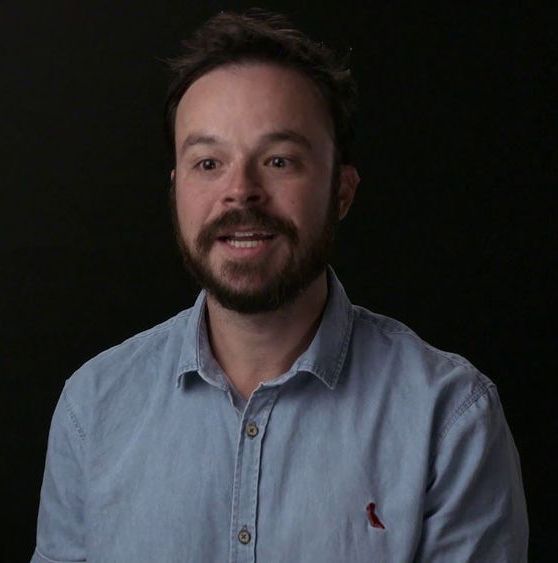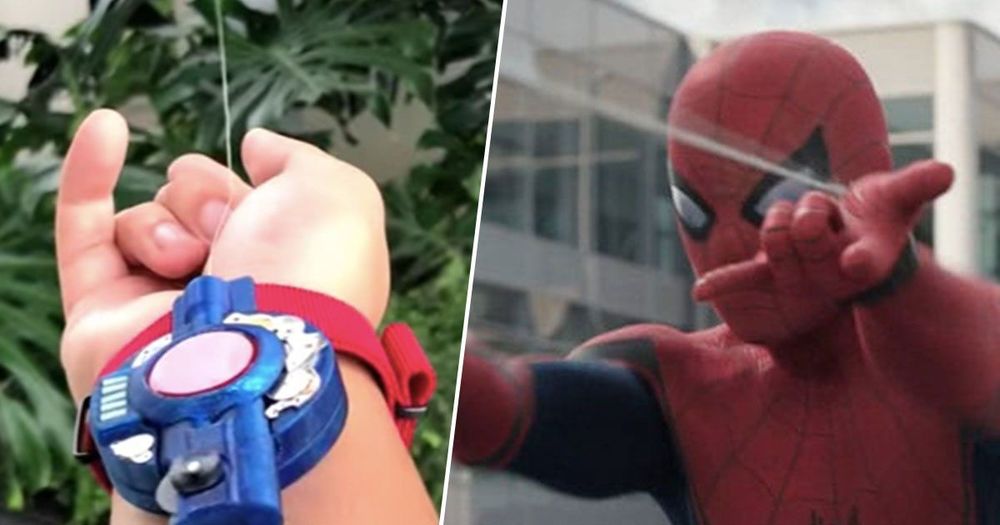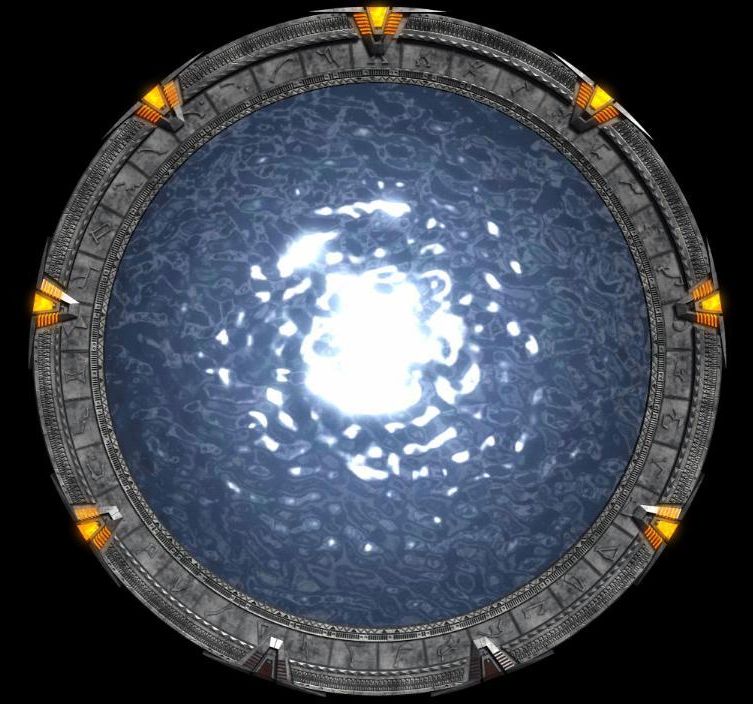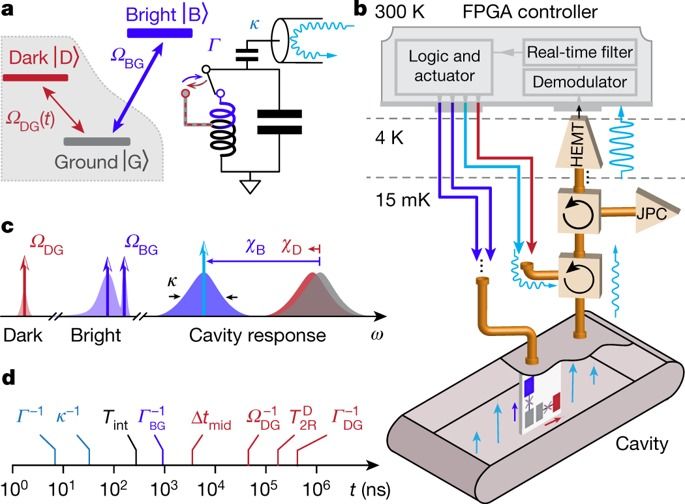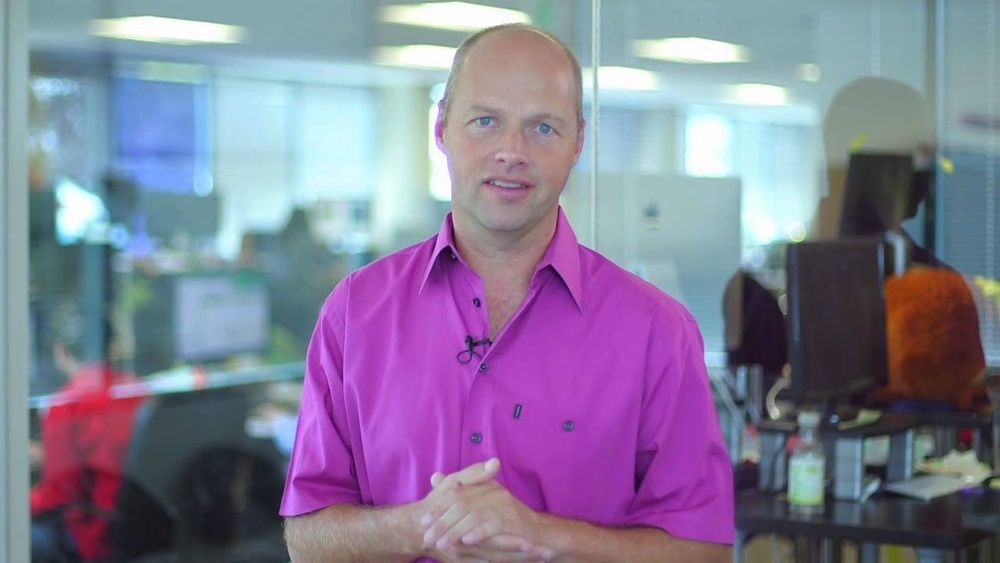LA JOLLA—(June 6, 2019) Scientists once thought that neurons, or possibly heart cells, were the oldest cells in the body. Now, Salk Institute researchers have discovered that the mouse brain, liver and pancreas contain populations of cells and proteins with extremely long lifespans—some as old as neurons. The findings, demonstrating “age mosaicism,” were published in Cell Metabolism on June 6, 2019. The team’s methods could be applied to nearly any tissue in the body to provide valuable information about lifelong function of non-dividing cells and how cells lose control over the quality and integrity of proteins and important cell structures during aging.
